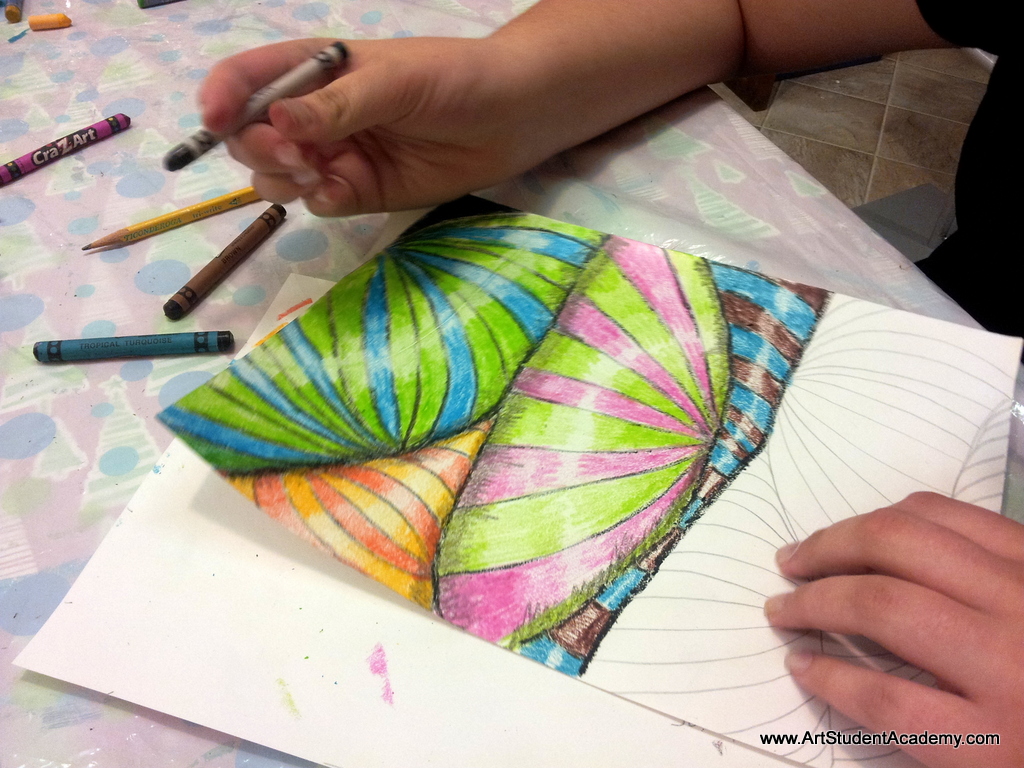

Now, if you click on a gapless-part of the image with your preferred color… (Remember to set the opacity to 1.0!)ĭepending on your line art, you can do flats pretty quickly. And the feathering adds an extra soft border to the fill. Threshold decides when the fill-tool should consider a different color pixel to be a border. Setting that to say… 2 expands the color two pixels. In most cases the fill-tool can’t deal with the anti-aliasing (the soft edge in your line art to make it more smooth when zoomed out) In Krita you have the grow-shrink option. Let’s take a look at the other options, shall we? Fill Tool ¶ You could for example fill in everything by hand, but while that is very precise it also takes a lot of work. Much like preparing the line art, there are many different ways of coloring a layer. You’ll have to lock the layer transparency or separate out the alpha via the right-click menu if you want to easily color it. Works with colored line art as well, because it removes the white specifically. The default values should be sufficient for line art.Īctual transparency. Select the line art layer and apply the Filter: Color to Alpha dialog under Filters ‣ Colors ‣ Color to Alpha… menu item. Using Color to Alpha ¶īy far the fastest way to get transparent line art. Disadvantages ¶ĭoesn’t work when the line art is colored already. You can also very easily doodle a pattern on the filled layer where the mask is on without affecting the transparency. the layer, then Convert ‣ to Selection Mask.Īctual transparency. In other programs this would be done via the channel docker, but Krita doesn’t do custom channels, instead it uses Selection Masks to store custom selections.Ĭonvert the duplicate to a selection mask. The second method is one where we’ll make it actually transparent. Advantages ¶Įasy, can work to your benefit even with colored lines by softening the look of the lines while keeping nice contrast. This isn’t completely undesirable, and a lot of artists use this effect to add a little richness to their colors. Finally, it takes the result and multiplies it with 255 again to get the result values. Then it multiplies the normalized values. What it first does is take the values of the RGB channels, then divides them by the max (because we’re in 8bit, this is 255), a process we call normalising. This is because multiply literally multiplies the colors. For example, if through some image editing magic I make the line art blue, it results into this: Multiply is not a perfect solution however. You do this by selecting the layer and going to the drop-down that says Normal and setting that to Multiply.Īnd then you should be able to see your colors! So, typically, to get a black and white line art usable for coloring, you can set the blending mode of the line art layer to Multiply. There’s several methods of doing so, each with varying qualities. You wouldn’t really want it to either, how else would you make convincing highlights? So what we first need to do to color in our drawing is prepare our line art. This is because the white isn’t transparent. Put the new layer underneath the layer containing the line art (drag and drop or use the up/down arrows for that), and draw on it. Usually when you see the word ‘’Alpha’’ in a graphics program, just think of it as affecting the transparency.

Programmers talk about transparency as ‘’Alpha’’, which is because the ‘a’ symbol is used to present transparency in the algorithms for painting one color on top of another. Other things that a layer stack can do are blending the colors of different layers differently with blending modes, using a filter in the layer stack, or using a mask that allows you to make parts transparent.

The layer docker is a way for you to control the drawing order of multiple images, so for example, you can have your line art drawn later than your colors, meaning that the lines will be drawn over the colors, making it easier to make it neat! So like the traditional artist, the computer will first draw the images that are behind everything, and layer the subject and foreground on top of it. This is referred to as the “drawing order”. Switch the commands around, and you will not see the yellow circle at all: it was drawn before the red circle and thus ‘behind’ it. In programming, if you tell a computer to draw a red circle, and then afterwards tell it to draw a smaller yellow circle, you will see the small yellow circle overlap the red circle. Or to first draw a line art and then color it in.
EASY CONTOUR DRAWING WITH SHADING AND HIGHLIGHTS FULL
In traditional art, it is not uncommon to first draw the full background before drawing the subject. The layer stack is pretty awesome, and it’s one of those features that make digital art super-convenient. To fill line art comfortably, it’s best to take advantage of the layerstack. This tutorial is adapted from this tutorial by the original author.


 0 kommentar(er)
0 kommentar(er)
